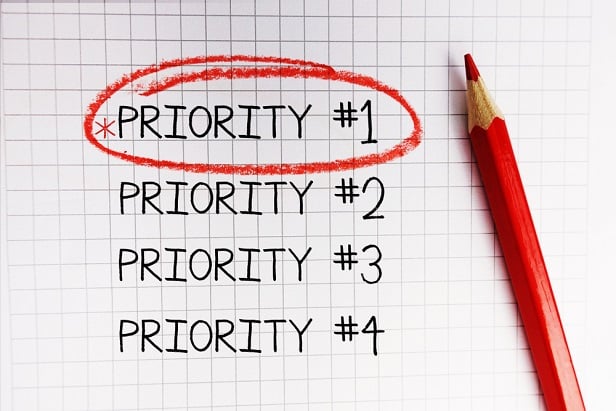 A direct consequence of this "new normal" for business leaders is a need to put the mental health wellbeing of their employees at the top of our priority lists.(Photo: Shutterstock)
A direct consequence of this "new normal" for business leaders is a need to put the mental health wellbeing of their employees at the top of our priority lists.(Photo: Shutterstock) For those of us in the profession of managing people, navigating the ever-changing pandemic landscape these past two years has proven to be a tremendous challenge. Just when we put the final touches on a plan to get employees back into the office or working effectively using a hybrid model, another virus variant emerges and disrupts our best-laid plans.
Recommended For You
Complete your profile to continue reading and get FREE access to BenefitsPRO, part of your ALM digital membership.
Your access to unlimited BenefitsPRO content isn’t changing.
Once you are an ALM digital member, you’ll receive:
- Breaking benefits news and analysis, on-site and via our newsletters and custom alerts
- Educational webcasts, white papers, and ebooks from industry thought leaders
- Critical converage of the property casualty insurance and financial advisory markets on our other ALM sites, PropertyCasualty360 and ThinkAdvisor
Already have an account? Sign In Now
© 2025 ALM Global, LLC, All Rights Reserved. Request academic re-use from www.copyright.com. All other uses, submit a request to asset-and-logo-licensing@alm.com. For more information visit Asset & Logo Licensing.








